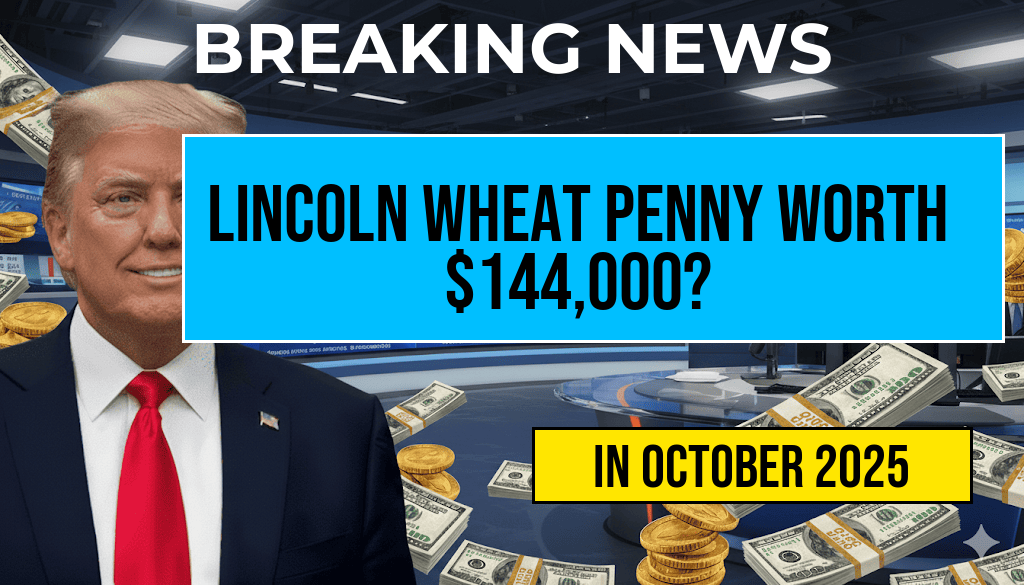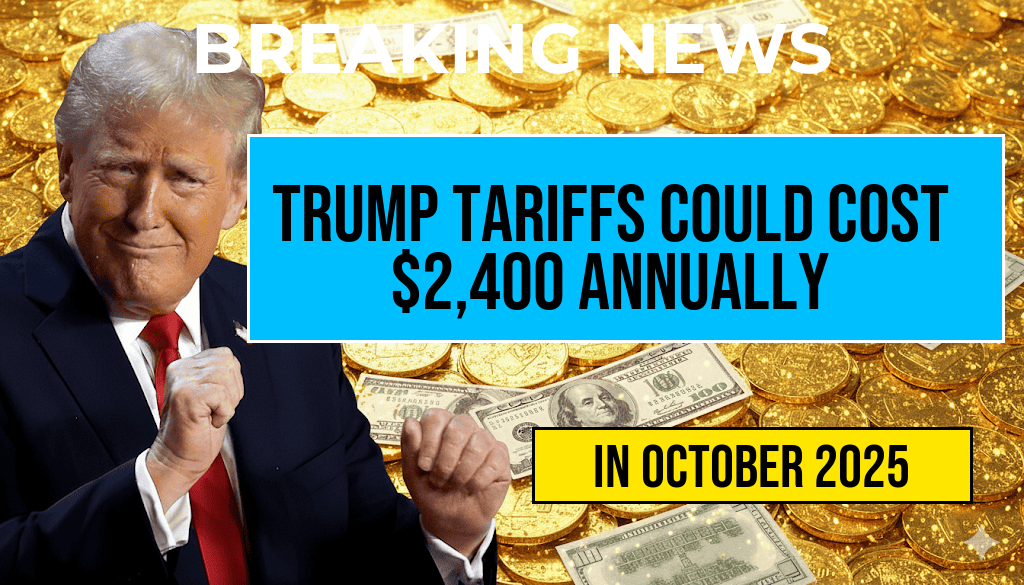The discovery of a Lincoln Wheat Penny valued at approximately $144,000 has sparked curiosity among coin collectors and the general public alike. Surprisingly, this rare coin, which commands such a high price on the collector’s market, may still be circulating in everyday transactions, raising questions about its rarity and the likelihood of finding one in common change. While most pennies from the early 20th century are worth only face value, certain Lincoln Wheat Pennies—notably those with specific minting errors or unique features—have become highly sought-after. The $144,000 valuation pertains to a specific, highly rare specimen, possibly a mint error or a coin with exceptional characteristics, yet the possibility of such a coin still being in circulation remains a topic of interest among numismatists and casual observers alike.
Understanding the Value of the Lincoln Wheat Penny
Why Some Lincoln Wheat Pennies Are Worth Thousands
- Minting errors: Coins with double strikes, off-center images, or other manufacturing flaws often fetch premium prices.
- Low mintage years: Certain years saw fewer coins produced, making surviving specimens particularly rare.
- Unique features: Variations such as the 1909-S VDB or coins with specific die errors can significantly increase value.
The $144,000 Coin: What Makes It Special?
The penny valued at $144,000 is believed to be an exceptionally rare specimen, possibly a 1909-S VDB or a coin with a notable minting error. Such coins are prized for their rarity and historical significance, often resulting from limited production runs or unique die flaws. Experts emphasize that only a handful of these coins exist in pristine condition, particularly those graded as MS-65 or higher by professional grading services like PCGS or NGC.
Is It Still Possible to Find a High-Value Lincoln Wheat Penny in Circulation?
The Reality of Circulating Rarities
Despite the high valuation of certain specimens, the likelihood of encountering a Lincoln Wheat Penny worth thousands of dollars in everyday change remains exceedingly slim. Most coins with such value are held by collectors or stored in collections, often in pristine condition or with specific errors. The U.S. Mint produced over 600 million Lincoln Wheat Pennies between 1909 and 1958, making common dates and mint marks highly accessible. However, the rare, high-value coins are usually kept out of circulation due to their worth and rarity.
How to Identify a Potentially Valuable Wheat Penny
- Examine for minting errors—double strikes, die cracks, or off-center images.
- Check the year and mint mark; some years like 1909-S, 1914-D, and 1931-S are more valuable.
- Assess the coin’s condition; higher grades significantly increase value.
Expert Opinions and Market Trends
Numismatic experts advise that while finding a Lincoln Wheat Penny worth thousands in pocket change is improbable, not impossible. Coin dealers often recommend proper identification and grading before assuming any coin’s value, as many circulated specimens have diminished condition, reducing their worth. The best chance to acquire high-value coins is through reputable auctions, coin shows, or specialized dealers rather than casual circulation.
Where to Learn More and Safeguard Your Coins
| Resource | Description | Link |
|---|---|---|
| American Numismatic Association | Offers guides, grading standards, and marketplace insights. | https://www.money.org |
| PCGS CoinFacts | Provides detailed information on coin varieties and values. | https://www.pcgs.com/coinfacts |
| NGC Coin Explorer | Offers grading and valuation tools for collectors. | https://www.ngccoin.com/coin-explorer/ |
Summary
While a Lincoln Wheat Penny valued at $144,000 exists within the world of numismatics, the chances of it being found in everyday circulation are negligible. Most high-value coins are carefully preserved by collectors, with their rarity driven by specific minting errors, limited production years, or unique features. For those interested in discovering valuable coins, expert guidance, proper grading, and knowledge of key identifiers are essential. As the coin market continues to evolve, the allure of hunting for rare pennies remains a popular pursuit among enthusiasts, blending historical curiosity with potential financial reward.
Frequently Asked Questions
What makes the Lincoln Wheat Penny worth up to $144,000?
The high value of the Lincoln Wheat Penny is primarily due to its rarity, especially if it has unique features such as a rare mint mark, error, or condition. Certain key dates or mintages increase its collector’s value significantly.
Is a Lincoln Wheat Penny still in circulation worth as much as $144,000?
While most Lincoln Wheat Pennies are common, rare specimens in excellent condition can reach values up to $144,000. Typically, such high-value coins are not in general circulation but are instead held by collectors.
How can I determine if my Lincoln Wheat Penny is valuable?
You should examine your penny for rare mint marks, errors, or signs of exceptional condition. Consulting a professional coin appraiser or referencing reputable coin grading guides can help assess its true value.
Are Lincoln Wheat Pennies still being minted today?
No, Lincoln Wheat Pennies were minted from 1909 to 1958. Modern pennies no longer feature the wheat ears design but have been replaced by other designs, making Wheat Pennies collectible and valuable.
Can I still find valuable Lincoln Wheat Pennies in circulation?
While most Wheat Pennies in circulation are common, it is possible to find rare or valuable specimens. However, collectors often seek these coins in rolled or uncirculated condition, which are less likely to be encountered casually.






